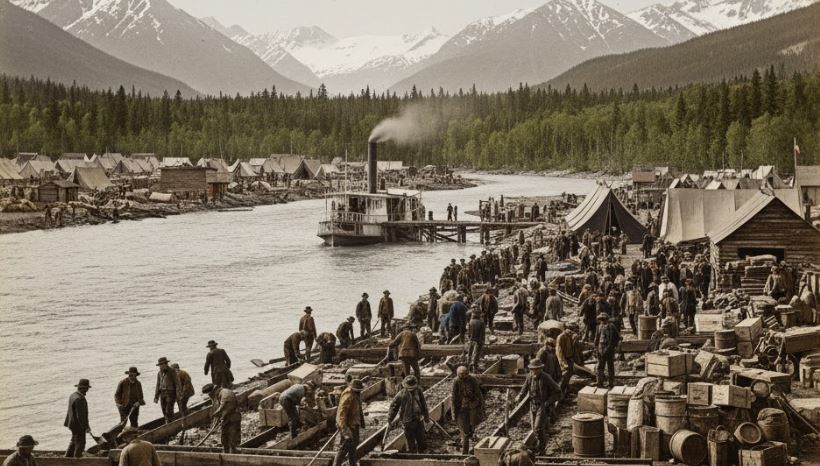The Missouri: North America's Longest River
The Mighty Missouri
Spanning an impressive 2,341 miles (3,767 km), the Missouri River begins its journey high in the Rocky Mountains of Montana. It winds its way through seven states, including North Dakota, South Dakota, Nebraska, Iowa, Kansas, and finally, Missouri, where it joins the Mississippi River just north of St. Louis.
A Combined Giant
The Missouri's claim to fame doesn't end at its impressive length. Combined with the Mississippi River, which it feeds into, they form the fourth-longest river system in the world, totaling approximately 3,700 miles (6,000 km). This combined system drains a vast portion of the central United States, impacting agriculture, transportation, and ecosystems across a significant area.
The Mississippi's Case
While the Missouri is the longest river in North America, the Mississippi often holds the title of "longest river in the United States" when considered solely by the length of its main stem. From its headwaters in Minnesota to the Gulf of Mexico, the Mississippi flows 2,320 miles (3,730 km).
The Debate
The debate over which river is "longest" often hinges on how the measurement is defined. Some argue that the Missouri-Mississippi system should be considered a single entity, making it the longest. Others focus solely on the main stem of each river, giving the Mississippi the edge within the US.
Significance Beyond Length
Regardless of the debate, the Missouri and Mississippi Rivers are vital to the North American landscape. They have played significant roles in the history and development of the United States, serving as transportation routes, sources of irrigation and drinking water, and shaping the ecosystems they traverse.




